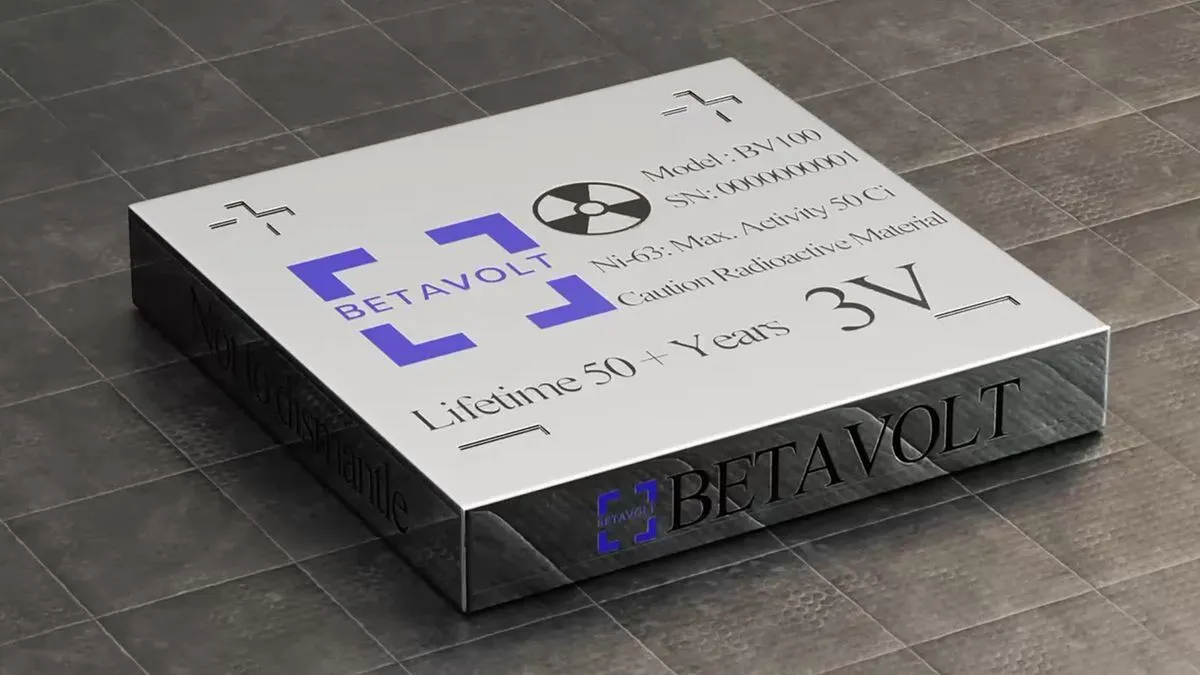A tiny radioactive battery could keep your future phone running for 50 years
A tiny radioactive battery could keep your future phone running for 50 years

www.techradar.com
A tiny radioactive battery could keep your future phone running for 50 years


